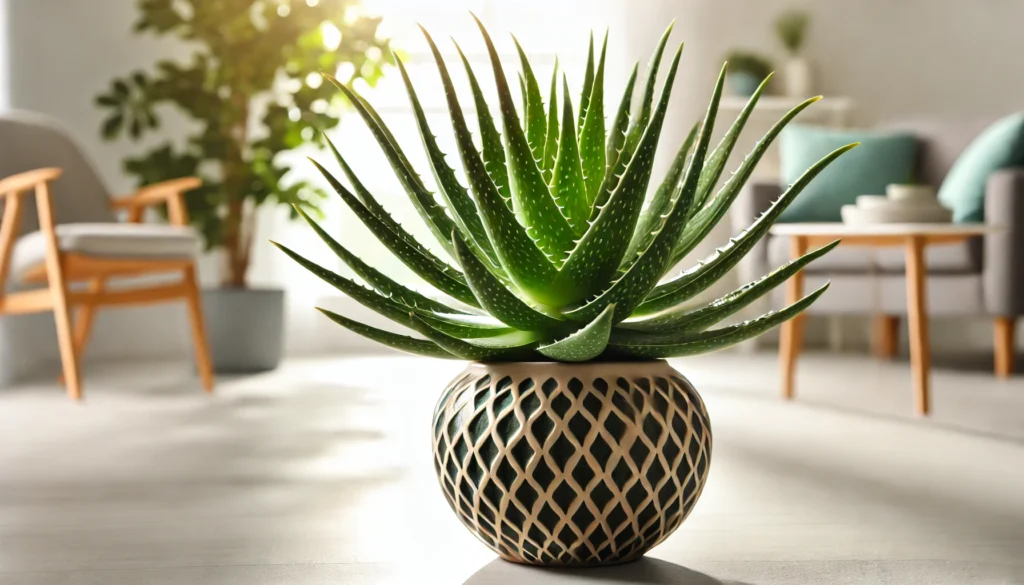
The Friendship Plant (Pilea involucrata) is a delightful, easy-to-grow perennial that is perfect for both novice and experienced plant enthusiasts. Known for its vibrant green, quilted leaves, this compact plant typically reaches about 6 to 12 inches (15 to 30 cm) in height and width. Its low-maintenance nature and charming appearance make it a popular choice for indoor gardens and terrariums.
History and Ideal Growing Conditions
The Friendship Plant is native to Central and South America, where it thrives in warm, humid environments. It was named the “Friendship Plant” because it’s often given as a gift due to its easy propagation and symbolic meaning of friendship. This plant prefers bright, indirect light but can tolerate lower light conditions, making it versatile for various indoor settings. The ideal temperature range for the Friendship Plant is between 65°F and 75°F (18°C to 24°C). While it loves humidity, it can adapt to average indoor conditions, especially if placed near a humidifier or in a room with consistent moisture levels.
Is the Friendship Plant Toxic to Pets?
Good news for pet owners—the Friendship Plant is non-toxic to both cats and dogs. This makes it a safe and attractive addition to any home, even those with curious pets. You can enjoy its beauty without worrying about potential harm to your furry friends.
Safe Alternatives for Pet Owners
Since the Friendship Plant is already pet-safe, there’s no need to seek alternatives. However, if you’re looking to expand your collection of non-toxic plants, consider adding Spider Plants (Chlorophytum comosum) or Boston Ferns (Nephrolepis exaltata), both of which are also safe for pets and share similar low-maintenance care requirements.
Best Practices for Caring for Your Friendship Plant
Caring for a Friendship Plant is straightforward, but a few key practices will ensure it stays healthy and vibrant.
Watering and Humidity
The Friendship Plant prefers its soil to be consistently moist but not waterlogged. Water the plant when the top inch (2.5 cm) of soil feels dry, but be careful not to overwater. During the growing season (spring and summer), you may need to water more frequently. In contrast, reduce watering in the fall and winter when the plant’s growth slows. While the Friendship Plant can tolerate average humidity, it will thrive in higher humidity levels. Consider misting the plant occasionally or placing it on a humidity tray, especially in drier climates or during the winter months.
Soil, Light, and Temperature
Plant your Friendship Plant in well-draining soil rich in organic matter. A standard potting mix with added perlite or sand works well. This plant does best in bright, indirect light, but it can also adapt to lower light conditions, making it perfect for spots that don’t receive direct sunlight. As for temperature, the Friendship Plant enjoys a range of 65°F to 75°F (18°C to 24°C). Keep it away from drafts or sudden temperature changes, as these can stress the plant.
Common Problems and Remedies
The Friendship Plant is relatively resilient, but like all plants, it can encounter a few common problems.
One issue to watch for is leaf drop, which can be caused by sudden changes in temperature or light. If you notice this, try to identify any recent changes in the plant’s environment and adjust accordingly. Yellowing leaves are another common problem and are usually a sign of overwatering or poor drainage. Ensure the soil drains well and allow it to dry slightly between waterings. Finally, the Friendship Plant can occasionally attract pests like aphids or spider mites. If you notice these pests, treat the plant with insecticidal soap or neem oil.
Invasiveness
The Friendship Plant is not considered invasive, making it a safe choice for indoor cultivation. It grows at a moderate rate and doesn’t spread uncontrollably, so there’s no need to worry about it taking over your space. If you’re looking to avoid any potential spreading, consider planting it in a container where its growth can be easily managed.
Propagation and Benefits of the Friendship Plant
One of the most appealing aspects of the Friendship Plant is its ease of propagation. You can propagate it through stem cuttings, which root easily in water or soil. This makes it perfect for sharing with friends, staying true to its name. Beyond its decorative appeal, the Friendship Plant also helps improve indoor air quality by filtering out toxins, contributing to a healthier living environment.
Final Thoughts
The Friendship Plant is a charming and resilient addition to any indoor garden. With its attractive foliage, easy care, and non-toxic nature, it’s a plant that can be enjoyed by everyone, including pet owners. Whether you’re new to gardening or an experienced plant lover, the Friendship Plant is sure to bring a touch of green and joy to your home. Its easy propagation makes it perfect for sharing, embodying the spirit of friendship and connection.



